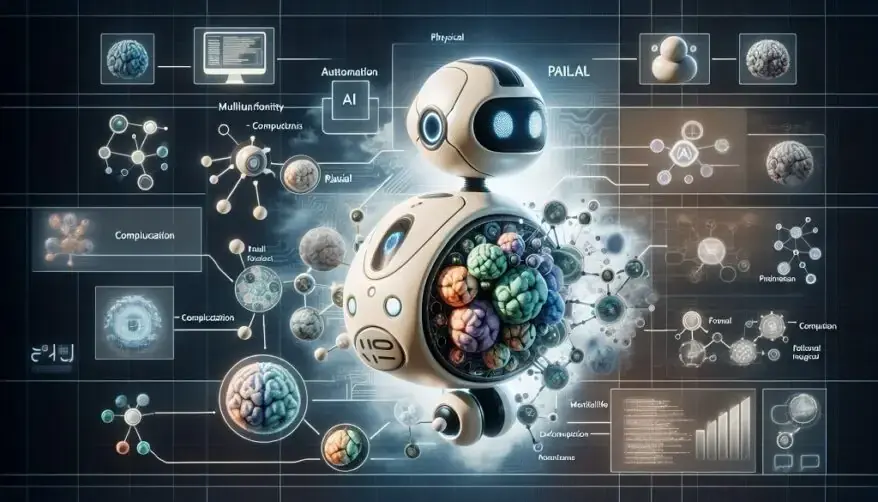Multifunctional Sensors for Lifelike Robotic Interactions in Physical AI
Estimated reading time: 3 minutes
Researchers at Ben-Gurion University of the Negev have made a significant breakthrough. They work in the Physical AI (PAI) Lab, which is led by Dr. Aslan Miriyev. They have developed multifunctional material sensors. These sensors can imitate the complex abilities of natural systems.
Digital AI focuses on computation and data processing. Physical AI (PAI) is different. It combines physical structures with computational intelligence. This creates lifelike, autonomous soft robots. These robots can interact dynamically with their environment. Multifunctionality is a core feature of PAI, akin to the multifaceted roles of various natural organs and components.
Traditional methods for making synthetic multifunctional devices often fall short. They don’t always capture all the needed characteristics. This means they don’t work as well as natural devices. To solve this, we need materials that respond to different stimuli. Stimuli are changes in the environment, like temperature or light. It’s important to make these materials precisely using additive manufacturing. Additive manufacturing is a way to build objects layer by layer. We also need ways to process signals inside the device. This helps the device react correctly to different stimuli.
High-Mixed-Ionic-Electronic Conductivity Composite Materials (ISMCs)
Dr. Miriyev’s team made a big breakthrough. They developed materials that can be 3D-printed. These materials are called high-mixed-ionic-electronic conductivity composite materials (ISMCs). ISMCs can act like materials found in living organisms. They can transfer charges through both ions and electrons. This means they can process different signals at the same time.
These materials are made from high-conductivity ionogels and single-walled carbon nanotubes. Ionogels are gel-like substances that conduct electricity very well. Single-walled carbon nanotubes are tiny, tube-shaped structures made from a single layer of carbon atoms. You can 3D print these materials into complex shapes. High-conductivity ionogels are substances that allow electricity to pass through them easily. Single-walled carbon nanotubes are tiny, tube-like structures made from carbon. They are only one layer thick. Together, these materials are perfect for making versatile, soft, and multifunctional devices.
These bio-analogous sensors have vast potential applications in fields requiring precise and multifunctional sensing capabilities, said Dr. Miriyev. The possibilities are extensive, from robotics, where they can contribute to more lifelike and responsive interactions, to health care, where they could be used in advanced diagnostic tools. Our ISMC-based precisely 3D-printable multifunctional sensors can significantly enhance how we approach sensory applications in various fields.
Results
The findings appeared in the Chemical Engineering Journal. The article was titled “3D-Printable High-Mixed-Conductivity Ionogel Composites for Soft Multifunctional Devices.” Dr. Sergey Nechausov, the lead author, used special liquids called imidazolium-based ionic liquids. He combined these liquids with a material that hardens under light, known as a photopolymer matrix. This combination achieved high ionic and electronic conductivity. The new materials, called ISMCs, were used to create sensors. These sensors could detect both pressure and temperature. They showed high sensitivity across a wide range of temperatures and pressures.
Dr. Nechausov said that the ISMCs have a special chemical composition. They also have advanced photorheological behavior, meaning they change their properties when exposed to light. Thanks to these features, we can accurately 3D-print multifunctional sensors in nearly any shape. These sensors can work with both alternating current (AC) and direct current (DC).
Their ability to give accurate and understandable answers to different signals is a major advancement in physical AI.
To stay updated with the latest developments in STEM research, visit ENTECH. This is our digital magazine for science, technology, engineering, and mathematics.
At ENTECH, you’ll find a wealth of information. We offer insights and resources to fuel your curiosity. Our goal is to inspire your passion for new scientific discoveries.






